During the climate negotiations at COP30, the global importance of a warming cryosphere was stressed in various formats. The UNFCCC Conference of Parties (this year’s COP30) marks the yearly global climate negotiations which formed the aim to limit global warming to well below 2 °C (the 1.5 °C target) with the Paris Agreement at COP21 in 2015. These huge conferences of ten thousands of people feel ...[Read More]
Speaking Up for the Cryosphere at COP30


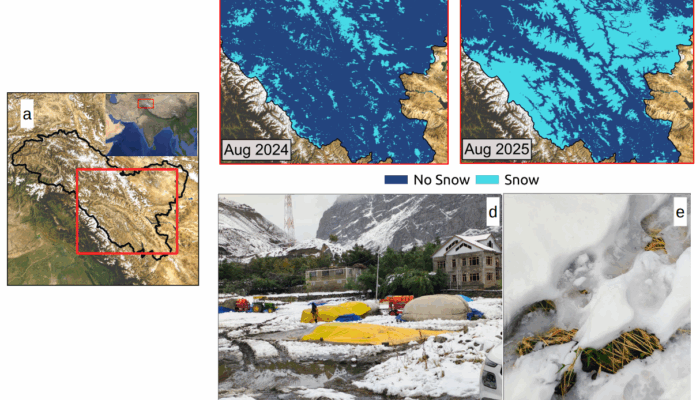

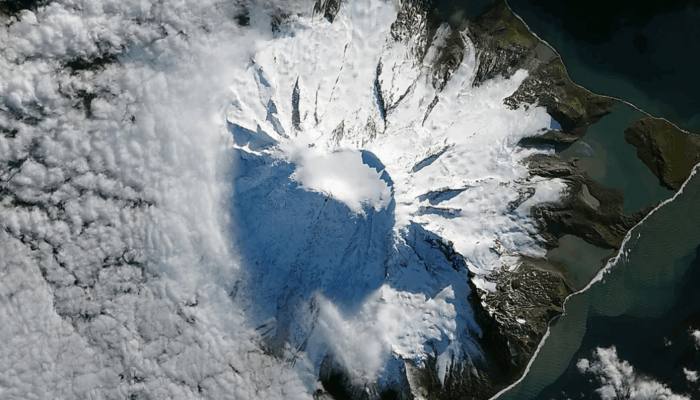
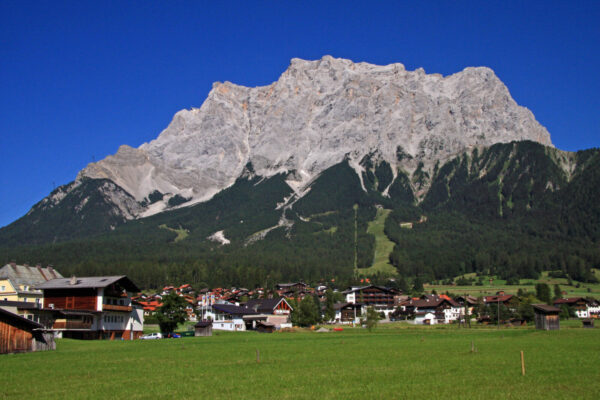
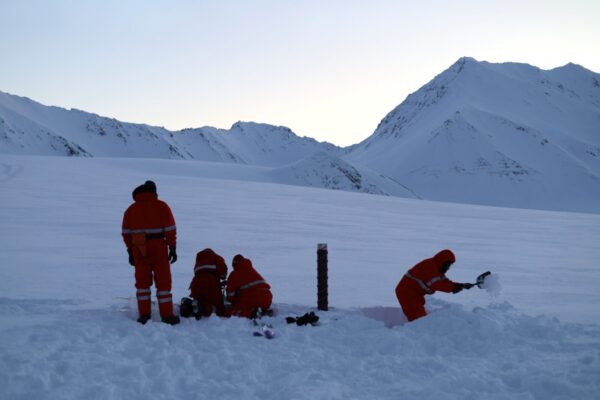
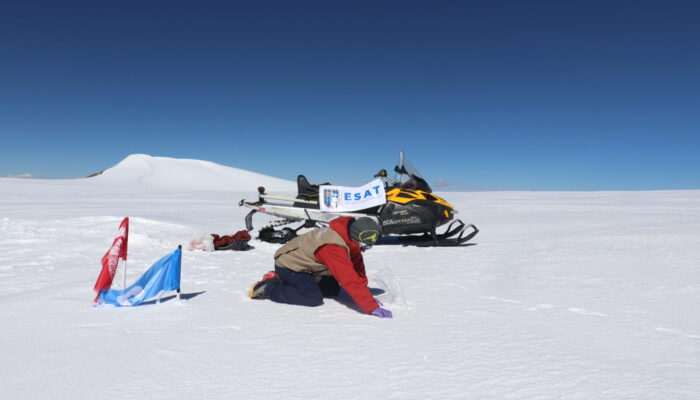

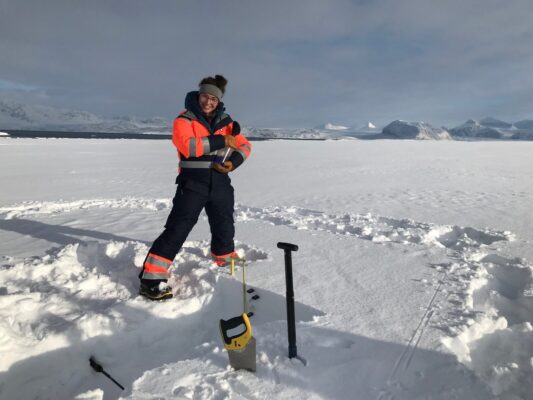
![Aerial image showing the climate change impact on small glaciers in the central Greater Caucasus, Georgia. Slopes are extensive deposits of moraines and loose rock debris, left behind by retreating glaciers. A small glacial lake (near the center-bottom of the image) fed by meltwater from the surrounding ice and snow was developed after glacier retreat [Credit: Levan Tielidze].](https://blogs.egu.eu/divisions/cr/files/2025/06/Fig0-700x400.jpg)